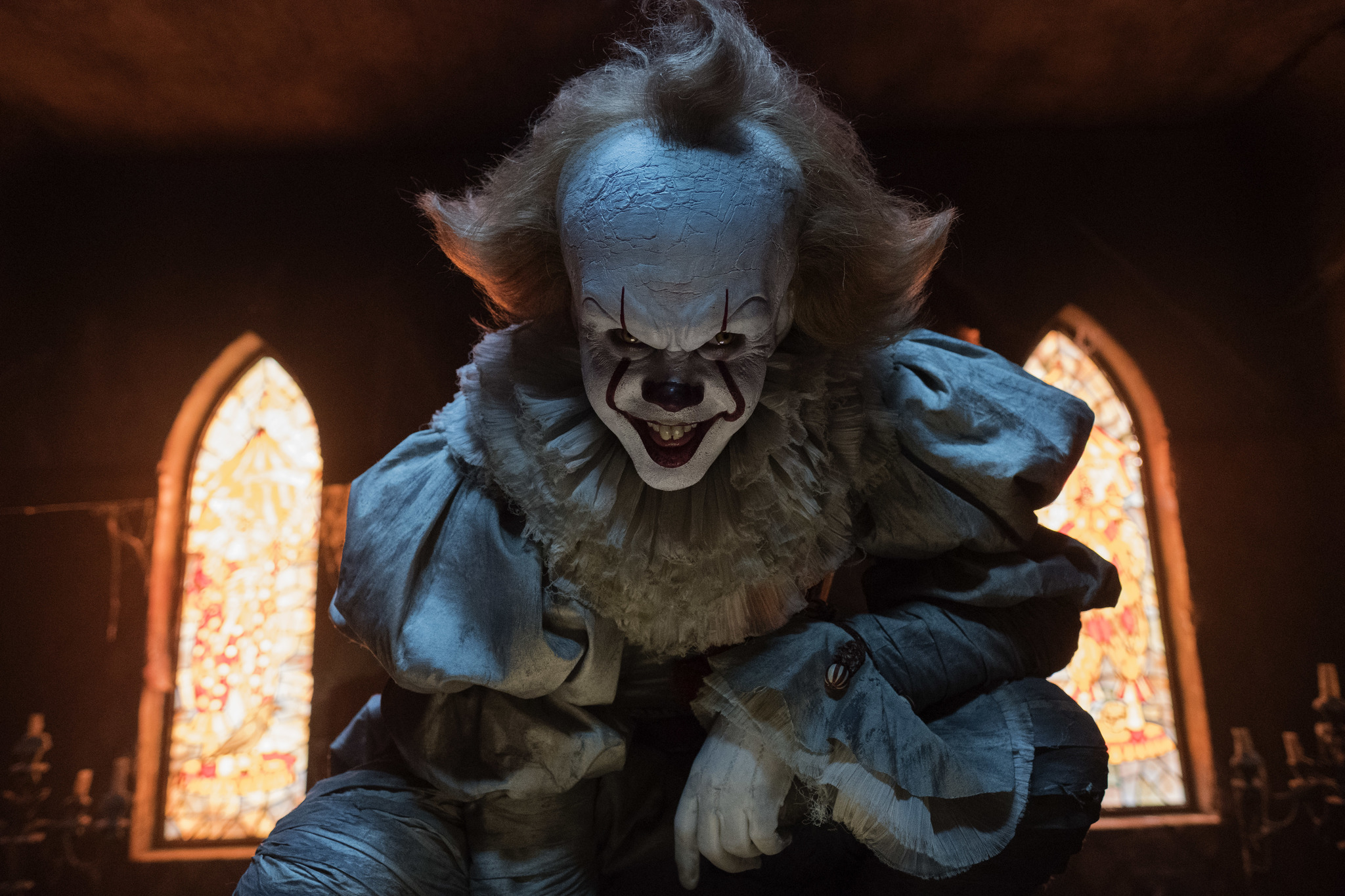Long before modern cinematic scoring techniques, a simple musical cue emerged as the go-to symbol for villainy and mischief: the Mysterioso Pizzicato, also known as “The Villain’s Theme.” Dating back to 1914, this motif was originally published in compilations for silent-film accompanists—comprising staccato, ascending notes in a minor key, immediately followed by tremolo or rapid melodic descent. Its unmistakable effect soon made it a dramatic shortcut for heralding sneaky characters or ominous moments.
This catchy motif quickly became a staple, featured in everything from early Looney Tunes cartoons—like The Skeleton Dance—to live-action films, animated shorts, and even video games. Composers like Carl Stalling, famous for his work on Looney Tunes, expertly deployed it alongside “musical puns”—pop and classical references synchronized tightly with on-screen antics—to amplify comedic and villainous scenes.
Exploring the origins of the Villain’s Theme reveals how early film music shaped storytelling through sound. What began as simple accompaniment evolved into a powerful narrative tool, demonstrating how minimal motifs can create lasting emotional and cultural impact. For music scholars and filmmakers, this highlights the enduring influence of early 20th-century conventions on modern audio storytelling.





